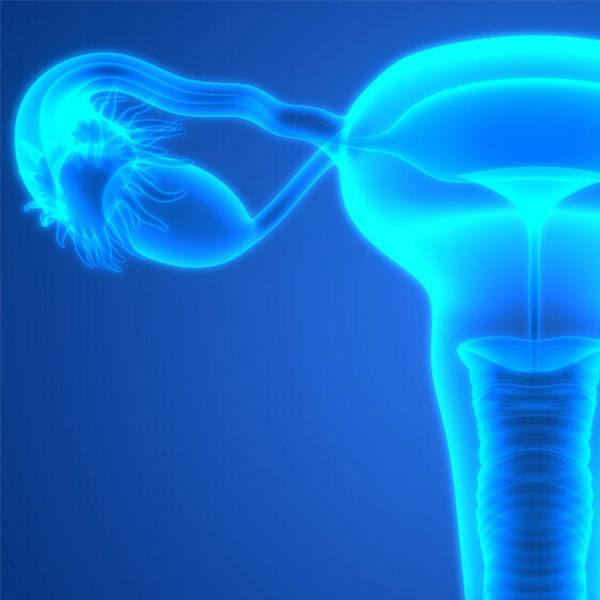-
Most Neck Pain Improves with Self-care, Time
ROCHESTER, Minn. — Stiff neck or neck pain? For most patients, self-care and time are the best treatments.
The August issue of Mayo Clinic Health Letter covers neck pain, including common causes, self-care options and medical treatment. Neck pain can be mild to severe. It can be sharp or dull or cause neck stiffness. The pain may be just annoying or interfere with daily activities. But fortunately, neck pain isn't usually a sign of anything serious. And most people with common neck pain will experience a complete recovery in four to six weeks.
Common causes of neck pain are:
- Muscle tension and strain: Too many hours hunched over a steering wheel, computer or workbench can cause muscle strain. Neck muscles also can tighten in response to problems such as arthritic joints of the spine.
- Worn joints: There are seven vertebrae in the neck, which are connected by ligaments and joints. Just like any other joints, wear and tear can contribute to the development of arthritis.
- Disk degeneration: With age, the spongy disks that cushion the vertebrae become stiff and provide less shock absorption. This can contribute to neck and upper back pain.
A doctor usually can't determine an exact cause of common neck pain, even with imaging tests. In most situations, the recommended treatment will be self-care to speed recovery. Components will likely include staying active, using good posture, and employing stress-reduction techniques such as deep breathing, meditation and progressive muscle relaxation. A heating pad, warm bath or gentle massage may ease symptoms. In the first few days, applying ice several times a day may relieve pain and reduce inflammation.
If pain doesn't diminish in four to six weeks, there are several treatment options to consider, including physical therapy and prescription medications to reduce pain, relax muscles or aid sleep. Trigger point needle injections may be helpful at the area of muscle tightness. These can be done with a needle only, with the injection of an anesthetic, or with an anesthetic and inflammation-suppressing corticosteroid. In addition, chiropractic manipulation has been shown to provide swift relief for neck pain. It's recommend that the manipulation not include quick, forceful motions. Rarely, this can cause damage to blood vessels that could lead to a stroke.
Mayo Clinic Health Letter is an eight-page monthly newsletter of reliable, accurate and practical information on today's health and medical news. To subscribe, please call 800-333-9037 (toll-free), extension 9771, or visit Mayo Clinic Health Letter Online.







